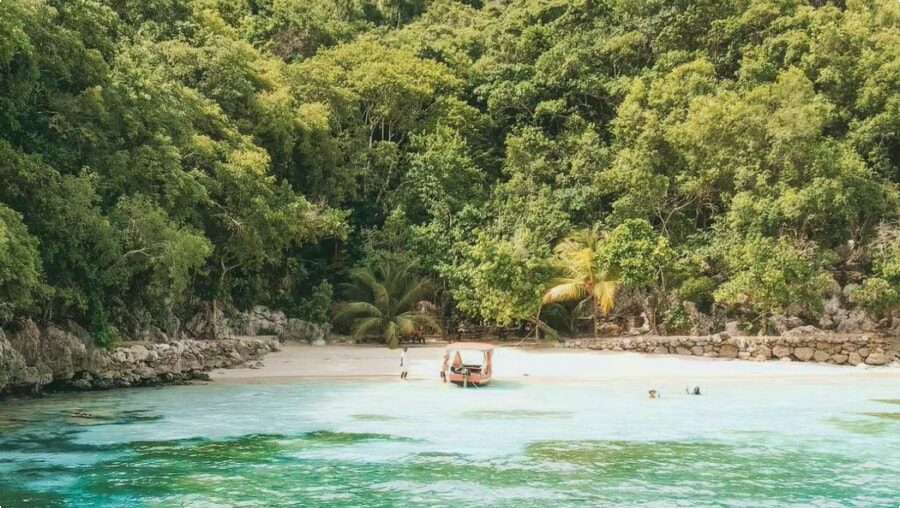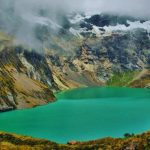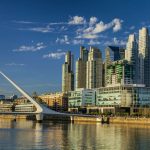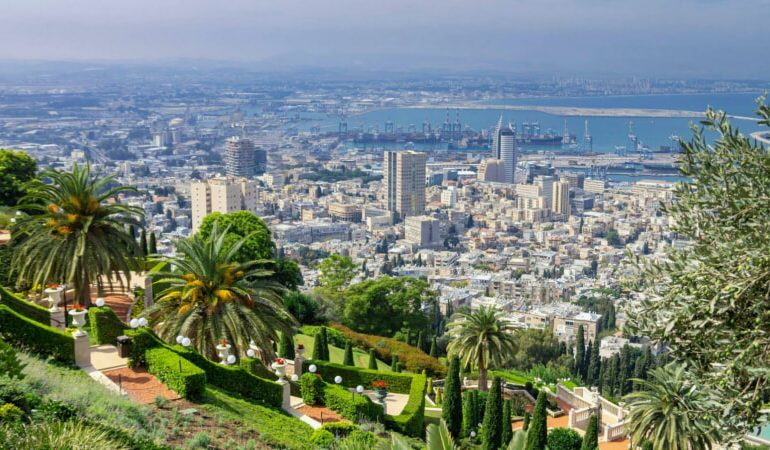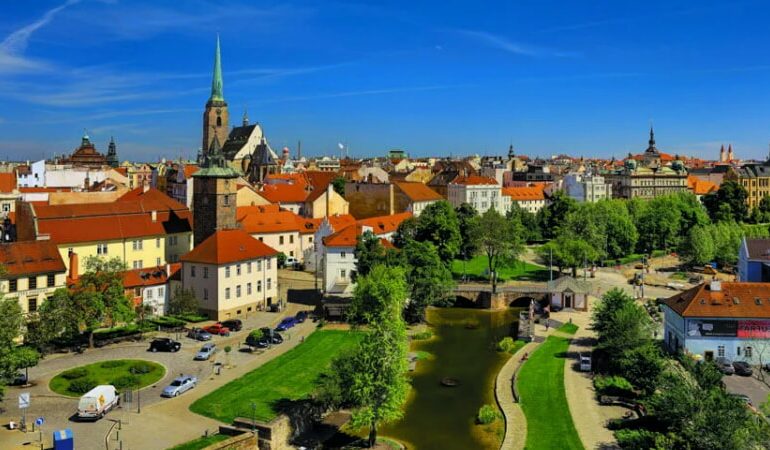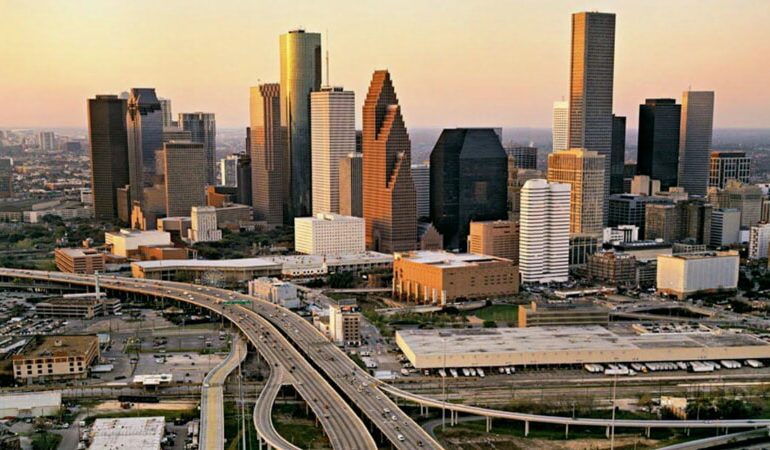Haiti, the most devastated country in the Western Hemisphere, is home to many beautiful beaches that shouldn’t be missed.
Cap-Haïtien City
Cap-Haïtien is a city in the North of Haiti. It’s the second largest city in Haiti, and it’s also a popular tourist destination. Cap-Haïtien has a rich history that dates back to 1670 when it was founded by French colonists. The most well-known landmark in Cap-Haïtien is Fort Liberte, which sits on top of a mountain overlooking the city and provides breathtaking views over its colorful buildings below.
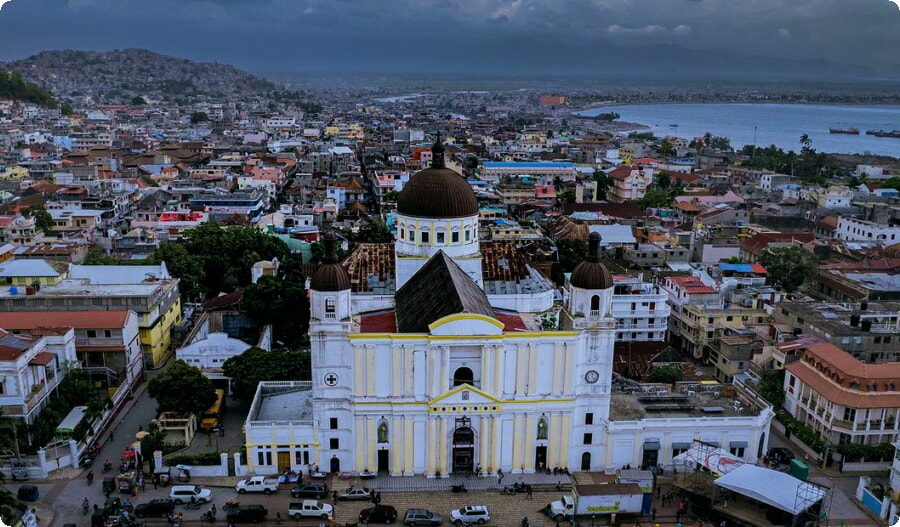
If you have time while visiting Cap-Haïtien City, make sure you visit some other historical sites such as Notre Dame Cathedral and Citadelle Laferriere–these are two landmarks that shouldn’t be missed!
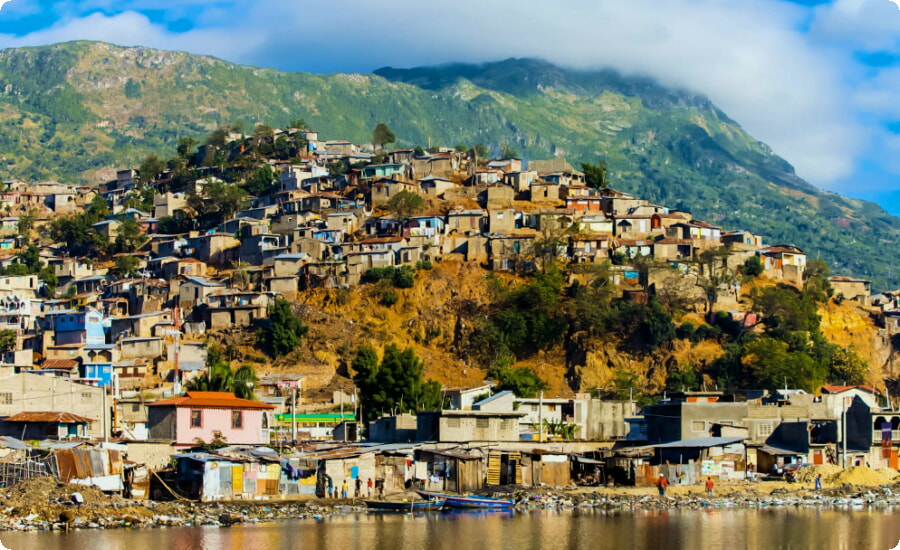
Cap-Haïtien has a population of around 100,000 people and is the second largest city in Haiti after Port-au-Prince. The city has many historical buildings, including Notre Dame Cathedral and Citadelle Laferriere.
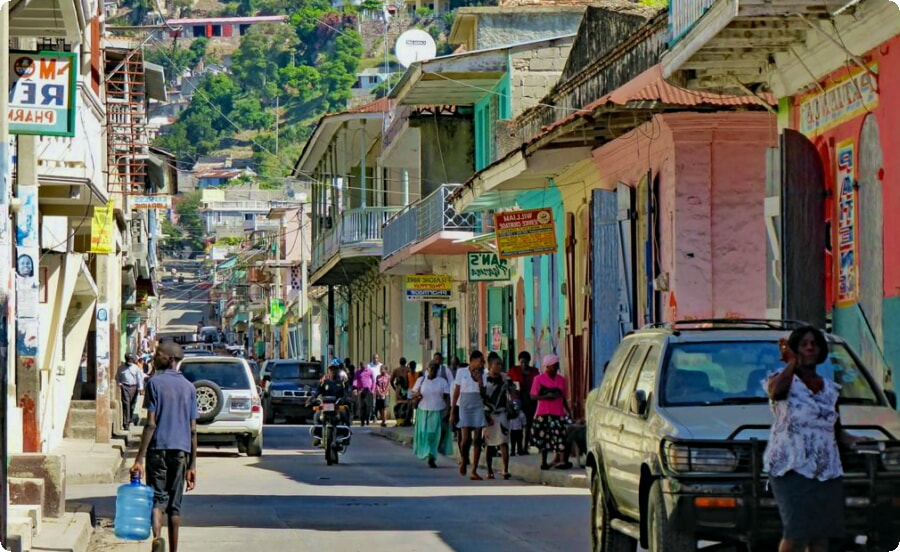
Montrouis
Montrouis is a small town on the northern shore of Haiti. It is a popular destination for Haitian vacationers and has a beautiful beach with white sand and clear water. The town is not too crowded, so you can relax there without being disturbed by other tourists or locals. If you want to spend some time away from Port-au-Prince, this may be the place for you!
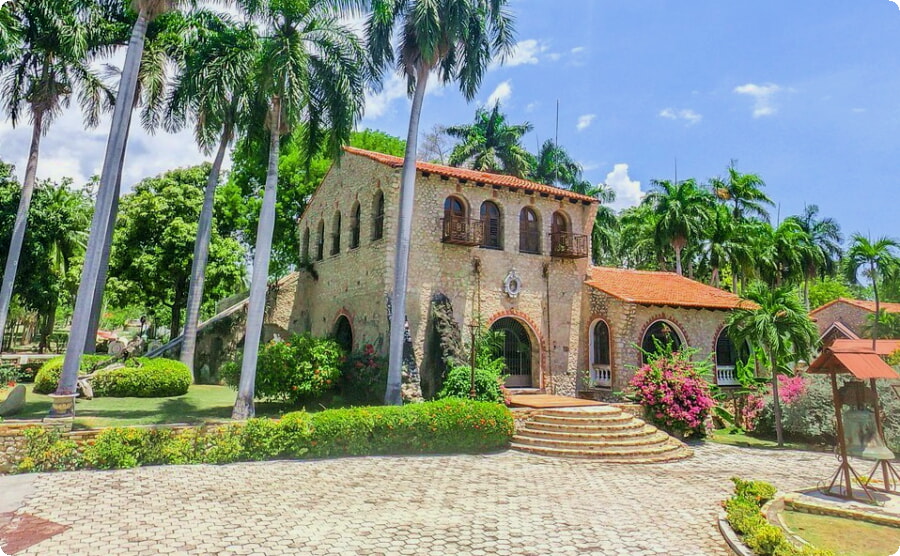
The town is very small, so you can walk everywhere. The beaches are great for swimming, snorkeling and relaxing in the sun. You can also enjoy some delicious local food at one of the restaurants or market stalls.
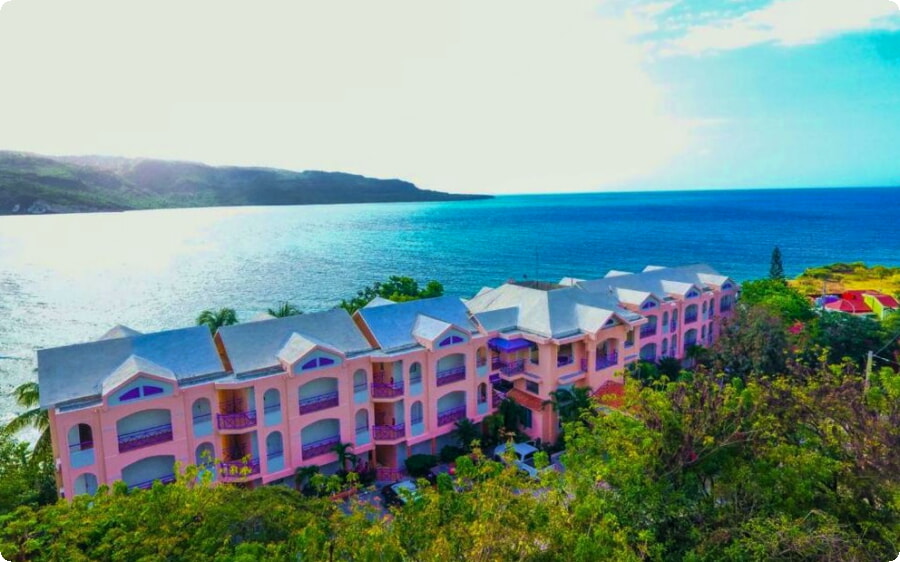
Sans-Souci Palace
The Sans-Souci Palace was built by Henri Christophe, the first president of Haiti. It was destroyed in the earthquake of 2010 but is being rebuilt as part of a UNESCO world heritage site.
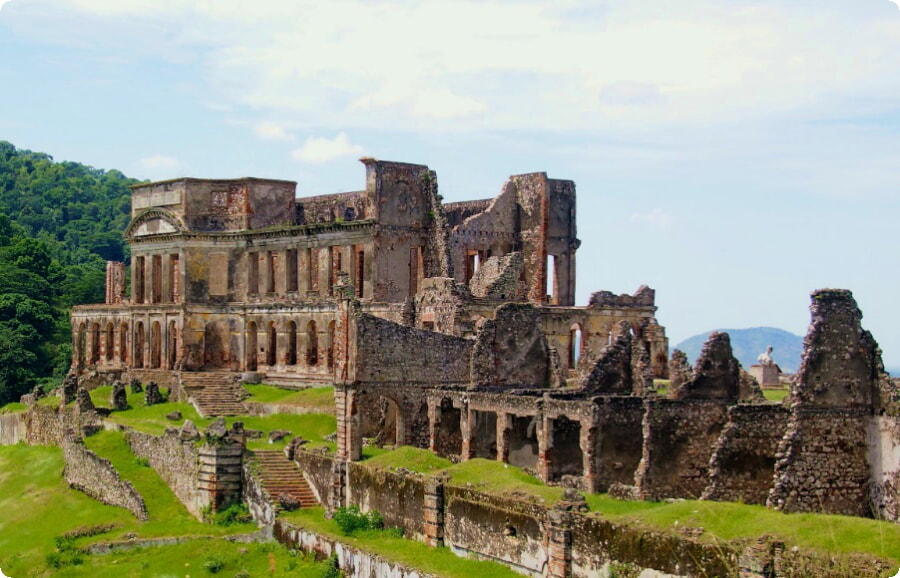
The site is now a popular tourist attraction and is home to the National Museum of Haiti. The palace was built after a visit by Napoleon Bonaparte in 1802, who ordered his then-general to build a summer residence here. The palace has been rebuilt many times over the years, with its original incarnation being constructed in 1811 during Christophe’s reign as president. It was destroyed in an earthquake in 2010 but has since been rebuilt as part of UNESCO’s world heritage site.
Citadelle Laferrière
The Citadelle Laferrière, located in northern Haiti, is the largest fortress in the Americas. Built to protect the city of Cap-Haïtien from attacks by pirates and other enemies, this massive structure was begun in 1706 and not completed until 1720. The fortress has been attacked numerous times throughout its history–the most recent being during an uprising against President Jean-Bertrand Aristide in 2004.
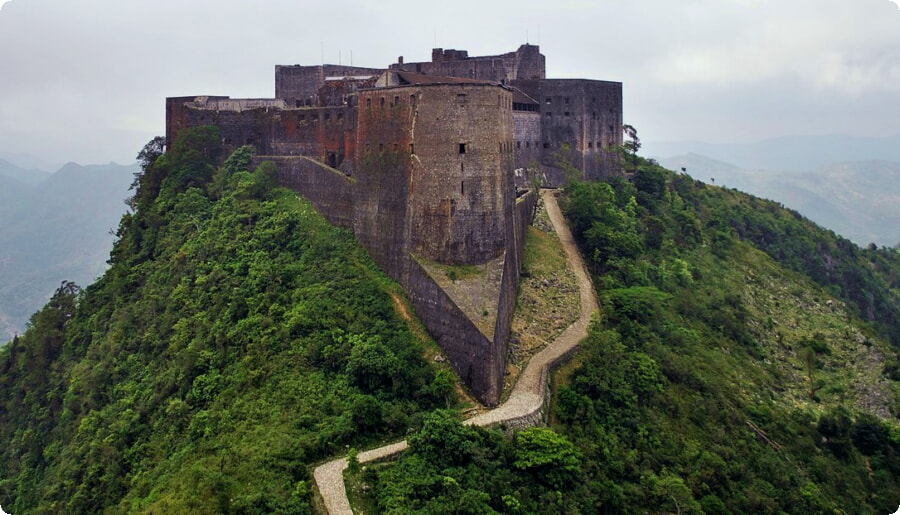
The Citadelle Laferrière was designed by Vauban, a French military engineer who worked for Louis XIV (1638-1715). It consists of five bastions connected by curtain walls that surround a central citadel where troops would shelter during battle or siege situations; there are also underground tunnels leading to other parts of town so soldiers could move around undetected if necessary!
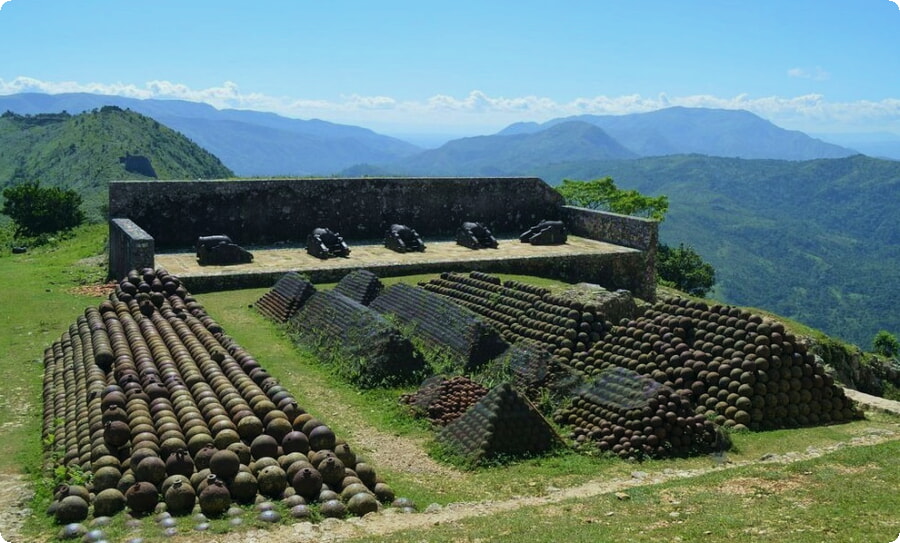
Gelée Beach
Gelée Beach is on the southern coast of Haiti, and it’s known for its white sand and clear water. The beach is popular with tourists who want to swim, snorkel, or surf. The water is calm and clear, making it ideal for swimming. There’s also a boardwalk that runs along the beach, with shops and restaurants nearby.
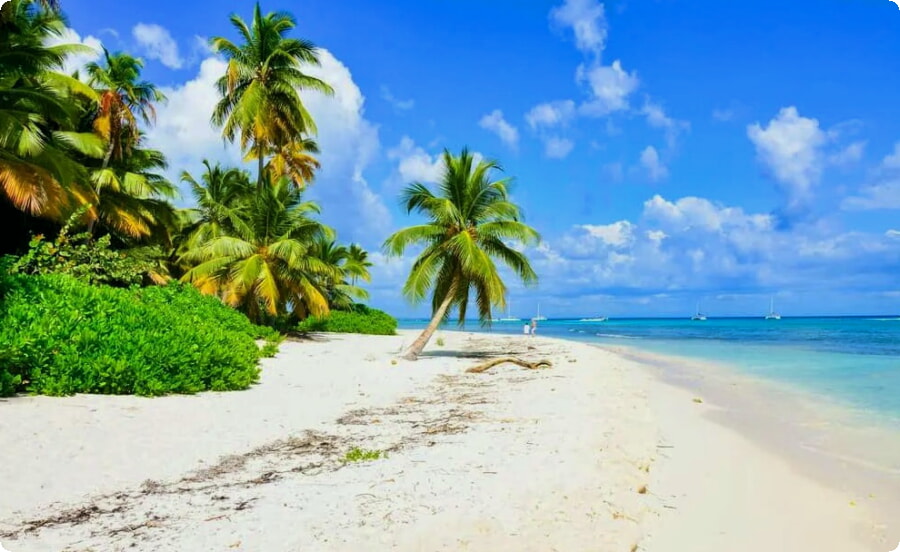
The beach is a popular spot for locals to spend their weekends. There are also plenty of hotels, restaurants, and shops nearby.
Port-au-Prince
Port-au-Prince is the capital of Haiti. It’s located on the northern coast of the country and has been its capital since 1807. The city has Toussaint Louverture International Airport, which is one of the busiest airports in Haiti. The city has many historical sites, including Fort Laraison and Citadelle Laferriere, which are UNESCO World Heritage Sites.
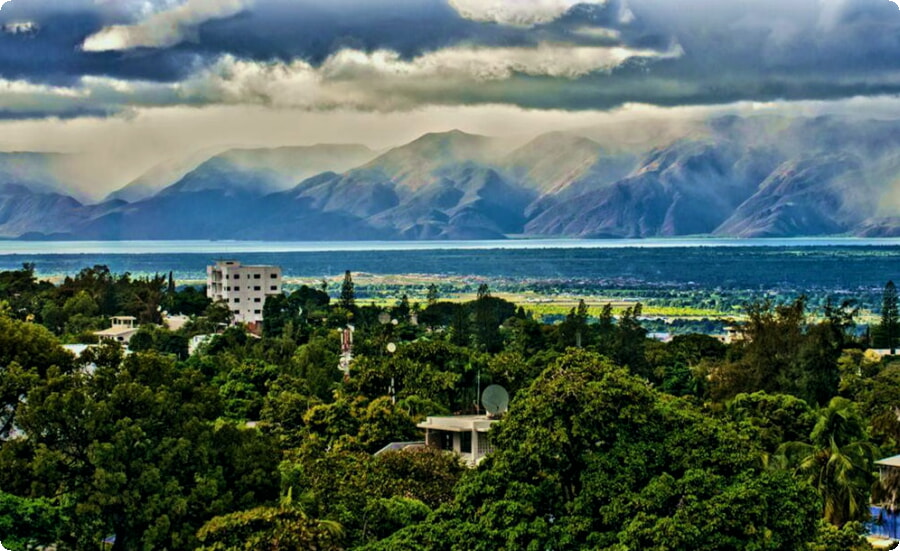
The city also offers some natural beauty: there are several beaches in Port-au-Prince and surrounding areas like Plage de Malendure (a popular beach for locals), Plage de Cayes Jacmel (known for its clear waters) and Anse Dufour (with white sand).
The city is also known for its nightlife. There are many restaurants, bars and clubs in Port-au-Prince that cater to tourists and locals alike. You can find anything from French cuisine to Haitian Creole dishes here — as well as a variety of international cuisines.
Jacmel
Jacmel is a city in south-west Haiti. It’s known for its architecture and handicrafts, which are popular with tourists. The city has been named as one of the “Top 10 Most Beautiful Towns in the World.”
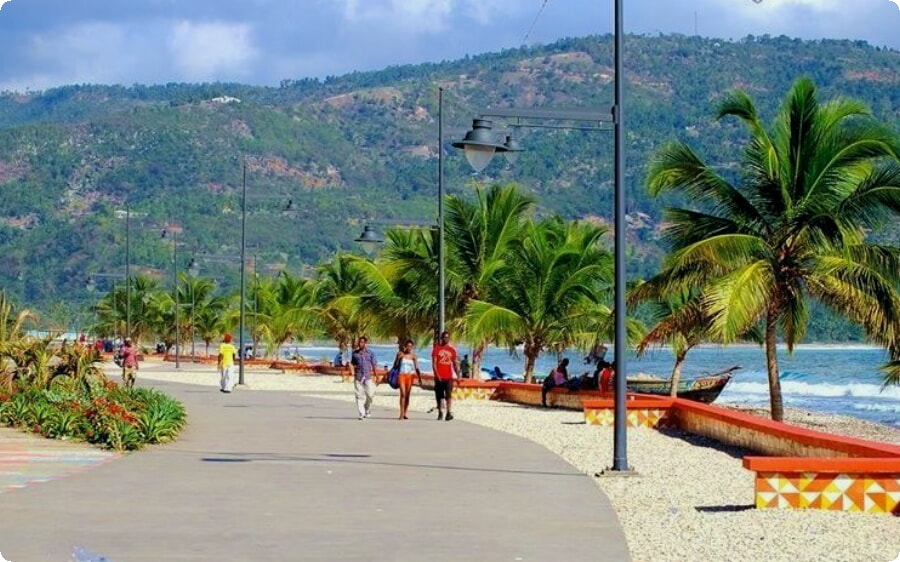
Jacmel is also known for its vibrant carnival, held each year during Lent. The city is a popular tourist destination because of its unique architecture and handicrafts. The Carnival in Jacmel
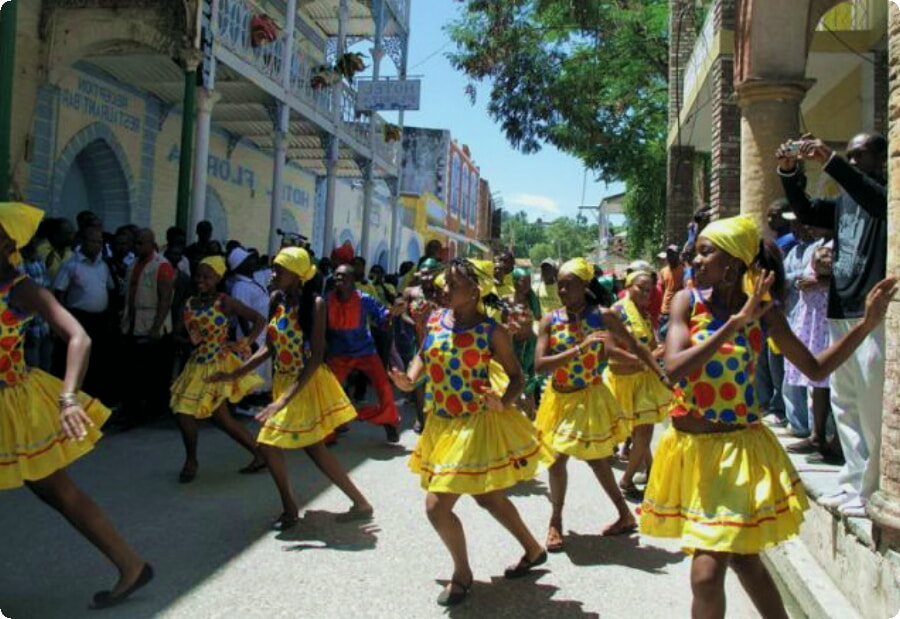
Although Haiti is not known for its beaches, there are some beautiful ones
While Haiti is not known for its beaches, there are some beautiful ones. The problem is that they’re not well known and they’re not well maintained, policed or serviced. If you go to visit one of these beautiful beaches in Haiti:
- Try not to get robbed by bandits
- Don’t let someone sell you drugs on the beach
- Stay away from any guy who looks like he might be an alligator in disguise
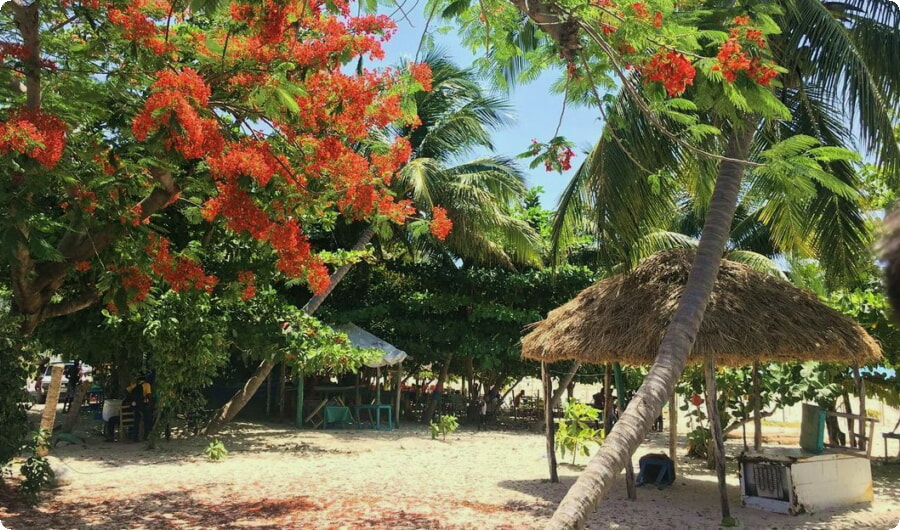
I hope you are inspired to visit Haiti and explore its beautiful beaches. It’s a country where there is so much to see and do, but it’s also important to remember that it has suffered from many natural disasters throughout history. By visiting Haiti today, we can show our support for this beautiful country as well as help rebuild its economy through tourism revenue!

